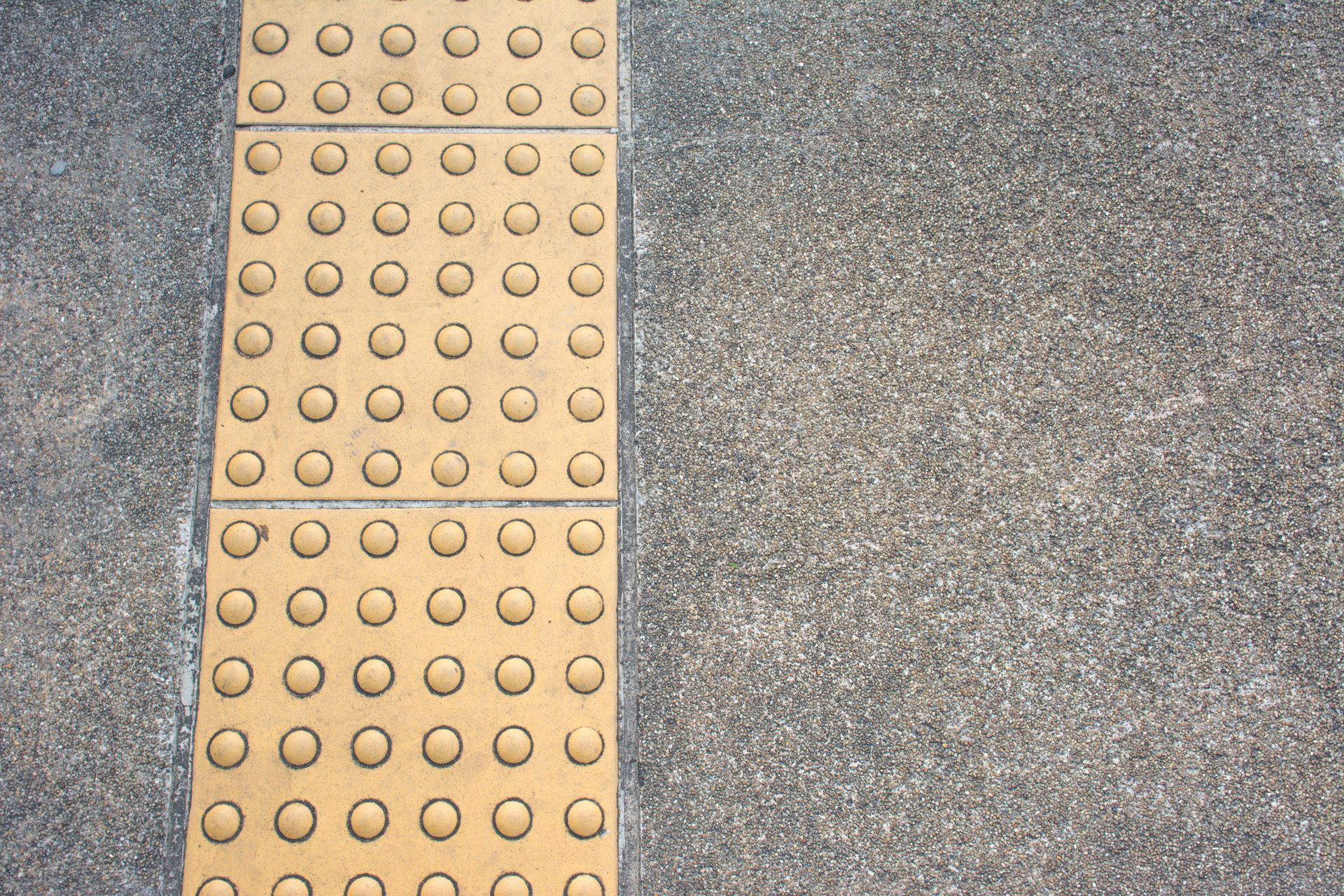Transforming Sidewalks: Widening Sidewalks and Overcoming Obstructions
In our big cities to our small cities, sidewalks serve as the lifelines for pedestrians, including families, individuals with disabilities, and the general public. However, these sidewalks often present challenges that limit accessibility and hinder healthy lifestyles. To address these issues, we must explore the importance of wider sidewalks that can accommodate two-way foot traffic and provide easy passage for families with strollers, as well as enhance mobility for individuals using medical scooters and wheelchairs.
Expanding sidewalks is a critical step in fostering accessibility and promoting mobility for individuals with disabilities. By providing ample space for medical wheelchair users and medical scooter riders, we eliminate barriers that hinder their independent movement and enhance their overall quality of life. With wider sidewalks, we can prioritize the needs of these individuals, ensuring they can navigate the city streets with ease and confidence.
Beyond accessibility, ample sidewalk space also encourages physical activity and promotes a healthy lifestyle. By widening sidewalks, we create environments that inspire outdoor activity, combat sedentary behaviors, and foster social interactions. Families can walk side-by-side, enjoying quality time together, while exercise enthusiasts have room to engage in physical fitness routines. This shift can play a pivotal role in addressing the obesity epidemic and improving public health.
To optimize pedestrian flow, we must rethink the placement of various elements that often obstruct sidewalks. Utility poles, bus benches, city garbage cans, bikes and their racks, and recreational scooters can impede the smooth movement of pedestrians. By strategically relocating these structures and minimizing their impact on sidewalk space, we can create harmonious streetscapes that prioritize pedestrian needs while preserving their functionality. Ensuring proper positioning and preventing obstructions enhances accessibility and safety for all pedestrians.
Additionally, it is crucial to address the issue of bikes and their racks, as well as recreational scooters scattered on sidewalks. These vehicles can create barriers and block pedestrian pathways, making it challenging for families and individuals with disabilities to navigate. Implementing designated parking areas and regulations for shared transportation options can prevent these obstructions and maintain accessible sidewalks that enable smooth and unobstructed movement for all pedestrians.
Creating wider sidewalks, reevaluating infrastructure placement, and overcoming sidewalk obstructions require collaborative efforts among city planners, architects, community members, disability advocates, and relevant stakeholders. Engaging in open discussions and considering diverse perspectives are vital for developing practical and inclusive solutions that address the needs of all pedestrians. By working together, we can transform our cities into pedestrian-friendly spaces that prioritize the well-being and accessibility of all individuals.
To summarize, we need to start expanding our city sidewalks to widths ranging from a minimum of 6 feet to 12 feet and remove obstructions like utility poles, bus benches, city garbage cans, bikes and their racks, and recreational scooters because it will be a transformative endeavor that holds immense benefits for us and our communities. By reimagining infrastructure placement, effectively addressing obstructions, and fostering collaboration, we can create inclusive and enjoyable pedestrian experiences. Let us join forces to revolutionize our cities, creating safe and accessible sidewalks that enrich the lives of families, individuals with disabilities, and every member of the community. Together, we can build vibrant and inclusive urban environments that prioritize the well-being of all pedestrians.The body content of your post goes here. To edit this text, click on it and delete this default text and start typing your own or paste your own from a different source.
















